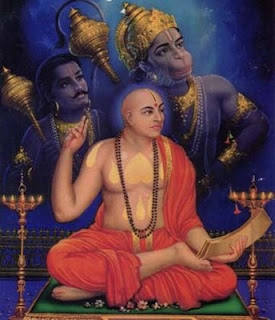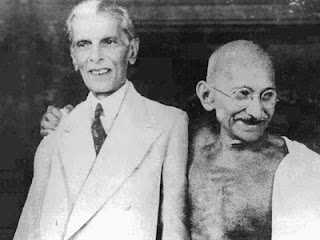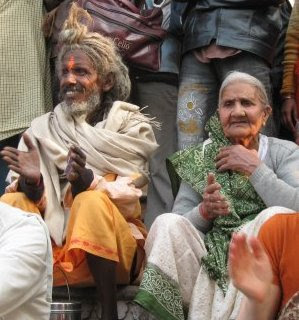The Ahimsa Heritage... Continued
After writing the first draft of the previous post, I was sitting in my room working. There was a group of Italians from Sarva Yoga in the ashram, and I was more or less aware that Swami Veda would be lecturing, but I was not intending to attend, as I have all this work I have to do. Suddenly, though, I felt the pull that Swamiji was calling me. I am getting used to these subliminal messages, whether they are intentional from Swamiji or from anyone else, I don’t know, but I didn’t bother to question and immediately left for the meditation hall. The lecture was in progress and Maharaj was talking very poetically about the Yoga tradition. He was placing the historical context into the universal context of infinite time and space. Usually we put ideas into historical context, but Swamiji was rightly reminding us that there was no first person, and that there will be no last person, to whom the revelation of the Infinite was made. It is not that Yoga came into any religion, but rather that




